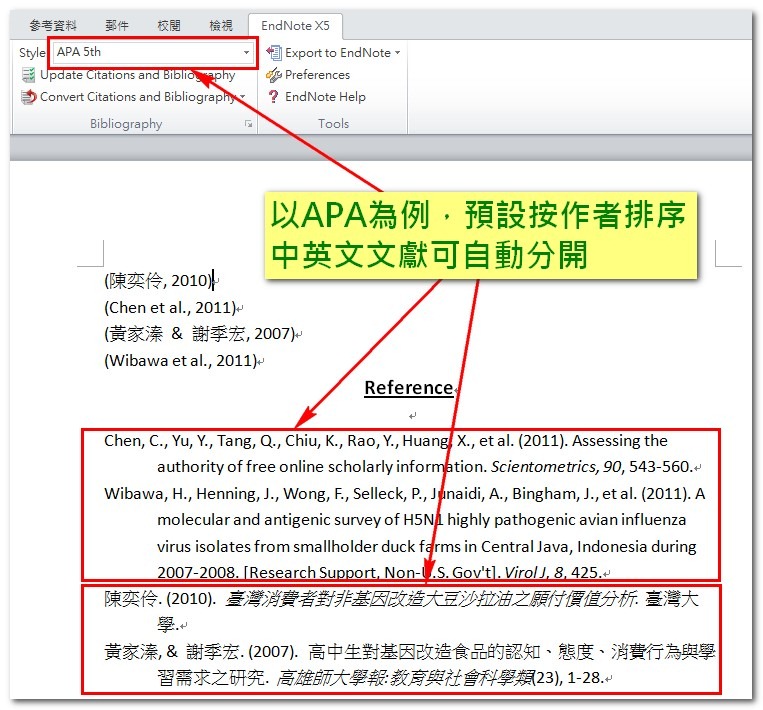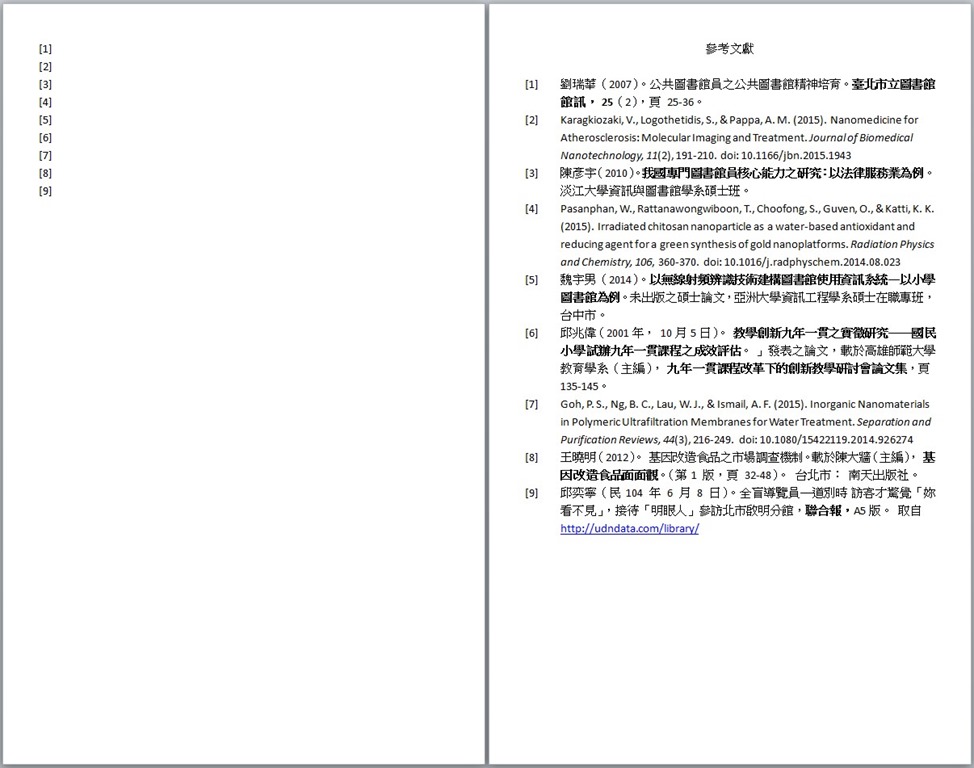
 Make sure that you keep (and backup) BOTH files – if you need to go back and revise your paper you want to open the UNCONVERTED version, so that the citations can be updated as needed. Save the file with a new name – this is now the file that you want to submit online. For example, APA format may look different than MLA format. Depending on the citation style of your work, some may require footnotes, whereas others may require endnotes. You can often find endnotes on a separate page. In the EndNote toolbar, look for the “Convert Citations and Bibliography” pulldown, and select “Convert to Plain Text” (no, it isn’t going to remove all the lovely formatting from your paper – just the coding for those citation links). A difference between the two is that footnotes are located at the bottom of the page, whereas endnotes are at the end of the work. Journal references - Type of Article: The journal reference format. According to APA style, a writer should indicate an endnote in his composition by inserting a. Save your file (you’re doing this every 10 minutes or so anyway, right? RIGHT?) Multiple authors: EndNote cannot currently handle APA 7ths approach to 20+ authors. How to Write an Endnote in APA Style Superscript Numbers. So there’s another step that you need to take when you’ve finished your paper – According to APA style, a writer should indicate an endnote in his composition by inserting a superscript Arabic numeral after the related text.
Make sure that you keep (and backup) BOTH files – if you need to go back and revise your paper you want to open the UNCONVERTED version, so that the citations can be updated as needed. Save the file with a new name – this is now the file that you want to submit online. For example, APA format may look different than MLA format. Depending on the citation style of your work, some may require footnotes, whereas others may require endnotes. You can often find endnotes on a separate page. In the EndNote toolbar, look for the “Convert Citations and Bibliography” pulldown, and select “Convert to Plain Text” (no, it isn’t going to remove all the lovely formatting from your paper – just the coding for those citation links). A difference between the two is that footnotes are located at the bottom of the page, whereas endnotes are at the end of the work. Journal references - Type of Article: The journal reference format. According to APA style, a writer should indicate an endnote in his composition by inserting a. Save your file (you’re doing this every 10 minutes or so anyway, right? RIGHT?) Multiple authors: EndNote cannot currently handle APA 7ths approach to 20+ authors. How to Write an Endnote in APA Style Superscript Numbers. So there’s another step that you need to take when you’ve finished your paper – According to APA style, a writer should indicate an endnote in his composition by inserting a superscript Arabic numeral after the related text. 
If you send someone a digital copy of your paper (such as when you submit it via TurnItIn), that coding is going to make your citations appear as gibberish. EndNote output styles are provided solely for use by licensed owners of EndNote and with the EndNote product.

But those citations actually include coding that links to your EndNote library. When you use EndNote to insert citations into your paper, you see the text of the citations and the reference list – if you print the paper out, that’s exactly what you get.







 0 kommentar(er)
0 kommentar(er)
